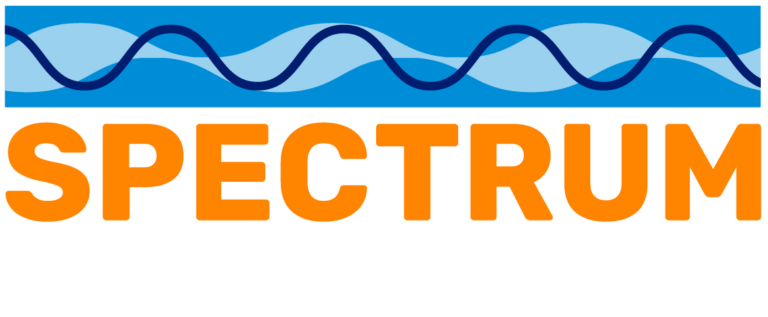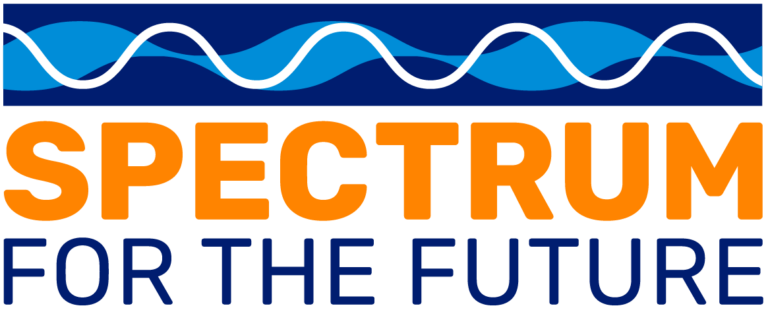The big game is tied. The head coach mutters a play call into his headset. The quarterback hears the call through his in-helmet receiver, and the team breaks the huddle. Your team scores and fans rush the field!
Sure…this carefully coordinated play is thanks to physical athleticism, hours of practice, and years of experience…but…did you know that it is also made possible by a little-known radio frequency spectrum called The Citizens Broadband Radio Service (CBRS)?
From baseball and football to golf and hockey, sports venues across the country use CBRS to support in-game communications between coaches and players, venue operations, and the fan experience. In these instances, plays, timeouts, and camera angles are supported by the world-class connectivity provided by CBRS.
The Citizens Broadband Radio Service (CBRS) band, often referred to as the “innovation band,” plays a key role in expanding connectivity in communities across the country. Beyond sports stadiums, CBRS is powering connectivity in America’s manufacturing plants, school districts, college campuses, and more. It’s uniquely valuable for high-traffic gatherings and live events where public cellular networks are not equipped to handle the coverage and simultaneous communications for so many event-critical systems.
The National Football League (NFL) was an early adopter of in-game use of CBRS networks, and has now deployed CBRS in all 30 stadiums. Other sports leagues have also embraced the innovation band to elevate the stadium experience. The National Hockey League (NHL), in partnership with Comcast Business, has deployed a CBRS private 5G network at Xfinity Mobile Arena in Philadelphia to support in-venue video, concessions, and other operational needs.
Major League Baseball (MLB) is also using CBRS networks to enhance connectivity for fans, coaches, and players. For example, Angel Stadium in Anaheim, California, has deployed a private LTE network using CBRS to support ticketing, high-definition cameras, and internal communications. Petco Park in San Diego, California, has used a CBRS network for staff and back-of-house needs.
At the 2025 Ryder Cup in Farmingdale, New York, HPE built a temporary smart city using a private 5G network powered by CBRS. The temporary network was one of the largest in the world, covering 1,500 acres, and supported point-of-sale and AI applications throughout the course.
The sports world has just begun to scratch the surface of what CBRS can do. These deployments have shown the power of private 5G and how it can contribute to better connectivity in stadiums and arenas across the country. As our need for connectivity grows, CBRS will only make our networks stronger, more future-proof, and ready to meet the demands of an increasingly digital world.
Learn more about CBRS and its impact on daily life by visiting spectrumfuture.com.


